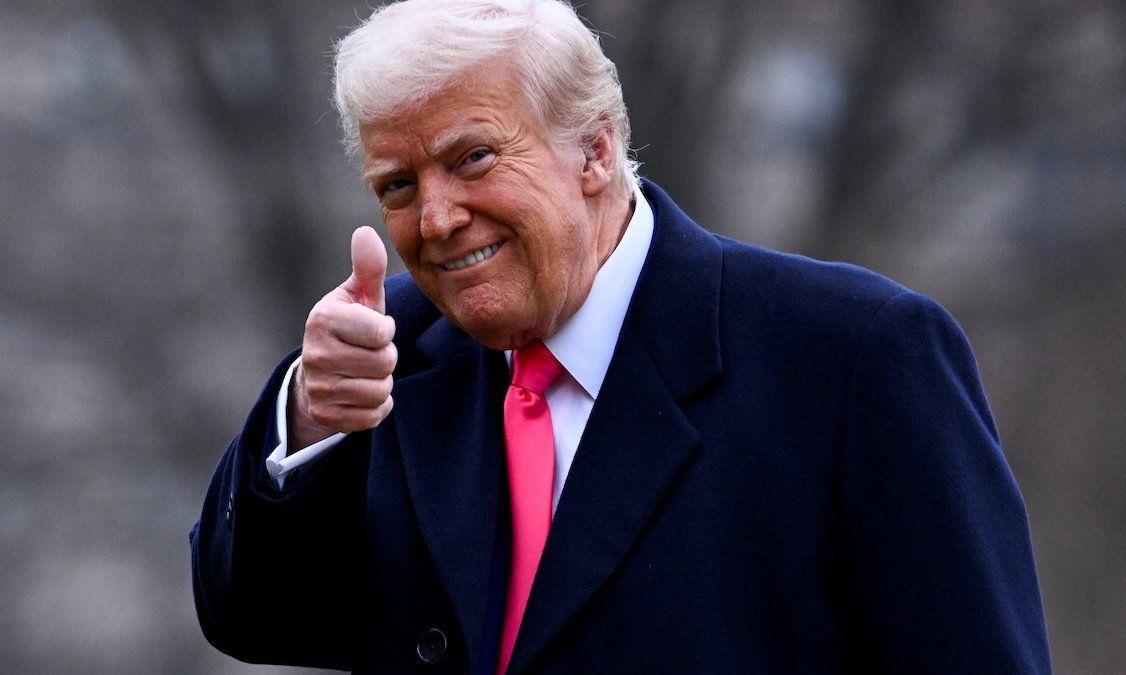President Donald Trump, seen here on the South Lawn of the White House in February, is set to unveil his "Liberation Day" tariffs.
T-Day has arrived. On Wednesday afternoon, Donald Trump’s reciprocal tariffs on US trade partners will take effect immediately after a Rose Garden announcement.
The devil’s in the detail: Trump has reportedly settled on the main aspects of the plan, and has been talking over the fine print with his top advisers. The administration has reportedly weighed a few different options for the overall scheme, including imposing different tariff rates on each trading partner, targeting specific countries, or enforcing a blanket tariff — possibly as high as 20%.
The pros and cons: By building a tariff fortress around the world’s biggest economy, Trump is fulfilling a campaign pledge while also seeking revenue to offset tax cuts. US steelmakers and other domestic manufacturing have supported the targeted use of tariffs, citing unfair import competition, but have come out against blanket tariffs or tariffs on Canada – which particularly hurts the auto industry.
Meanwhile, Wall Street fears it could trigger a recession and slow global growth as small businesses and consumers may face rising prices as imports become more expensive. The Yale Budget Lab projects the policy will equate to a 13-point hike in the US effective tariff rate, raising prices by 1.7-2.1% and lowering real GDP growth by 0.6-1.0 percentage point in 2025.
“Markets are bracing for a seismic shift as Trump’s global reciprocal tariffs loom,” says Eurasia Group trade and global supply chain expert Nancy Wei. “The mix of rising inflation and slowing industrial activity signals a precarious balance, with businesses scrambling to front-load inventory and mitigate pricing uncertainty.”
“With demand weakening and costs climbing, companies are navigating an increasingly challenging economic landscape.”
For more insights from Nancy Wei, check out our Viewpoint about “Liberation Day” here.